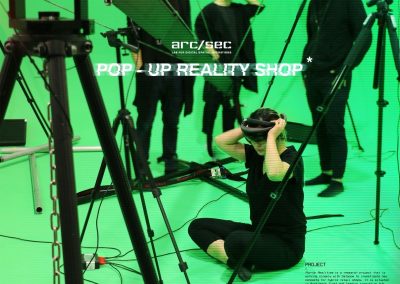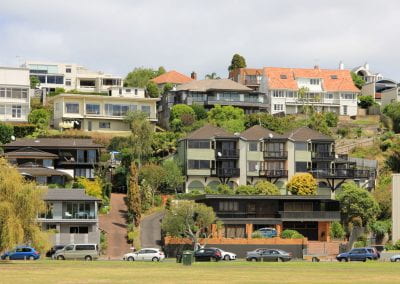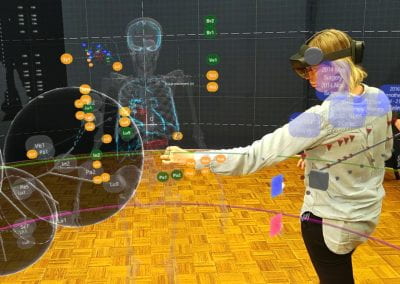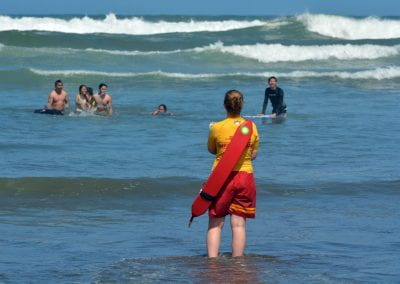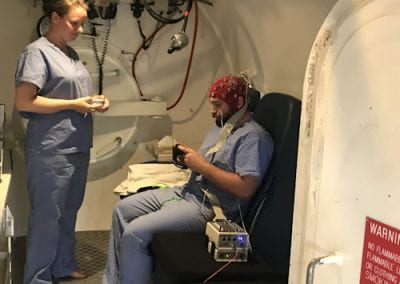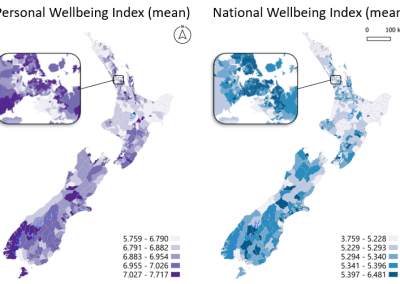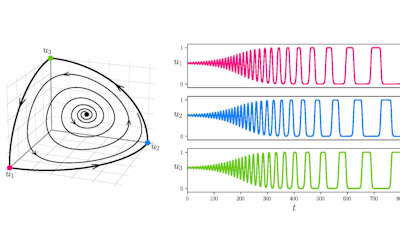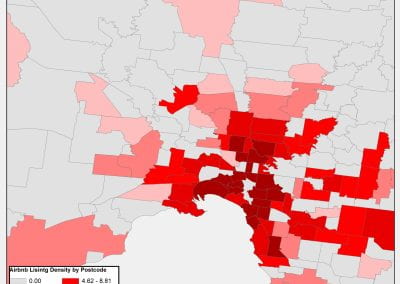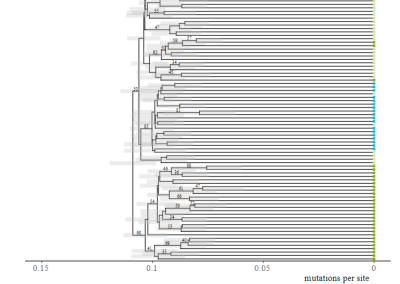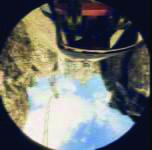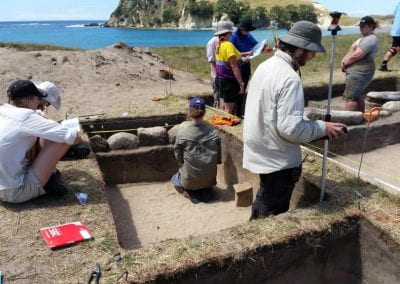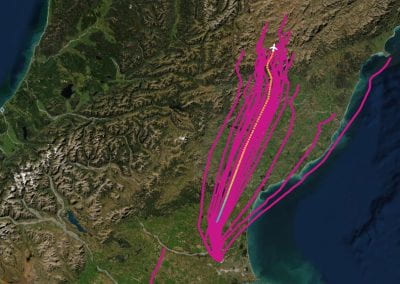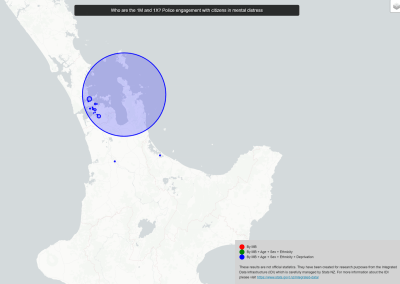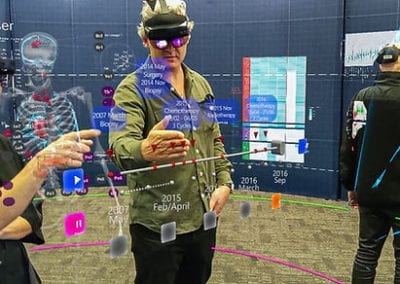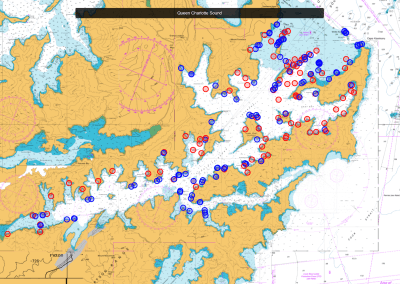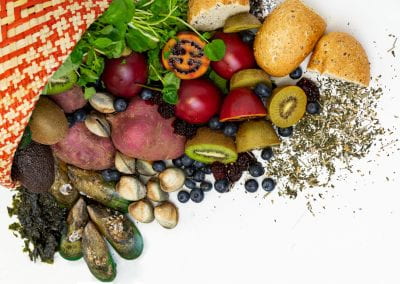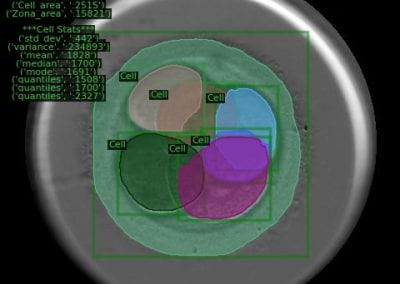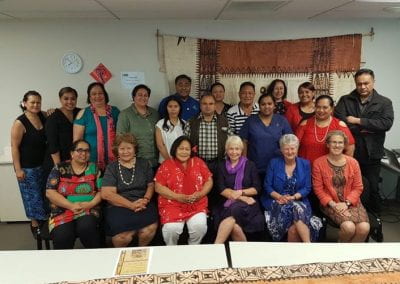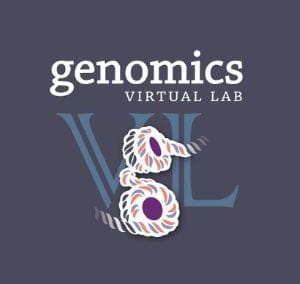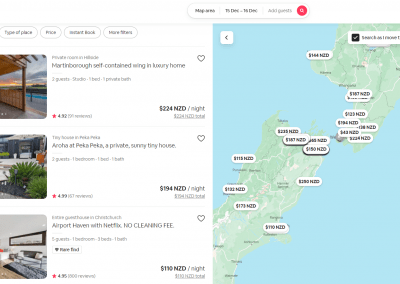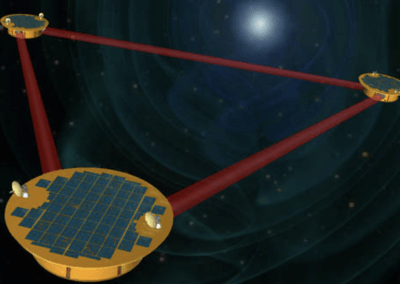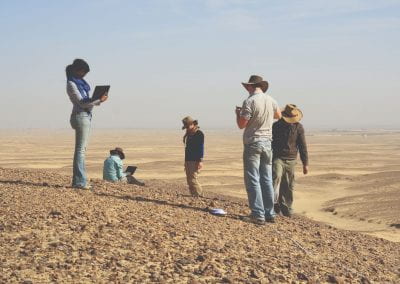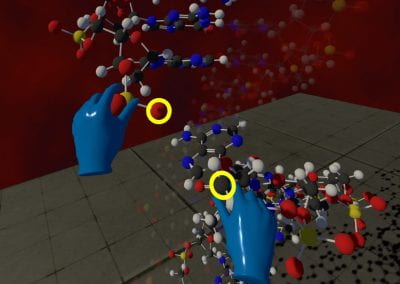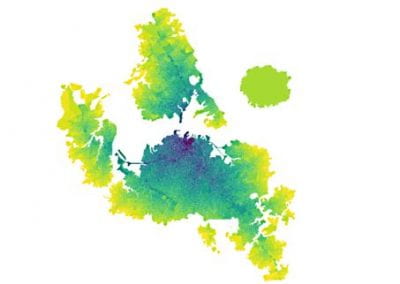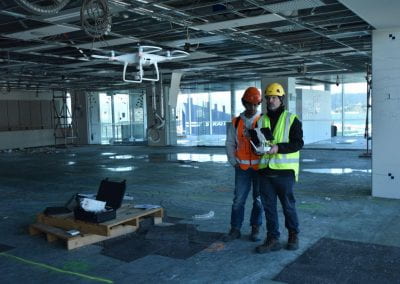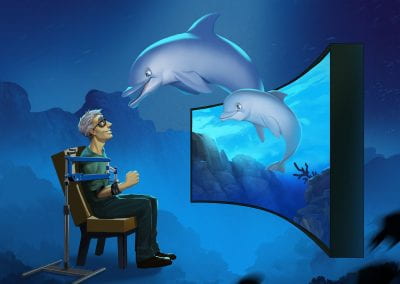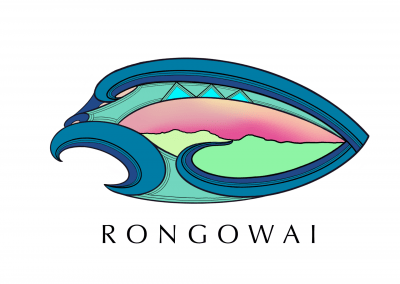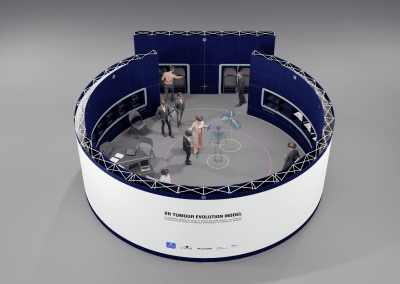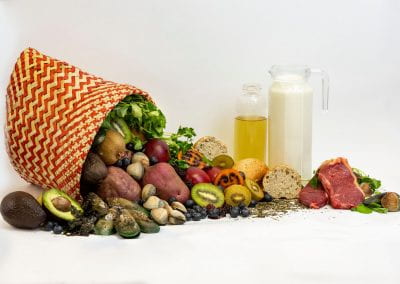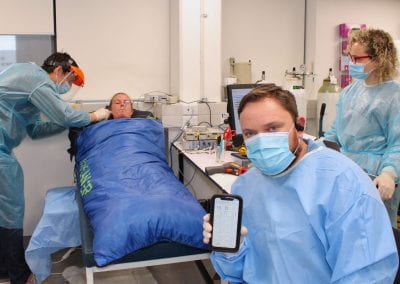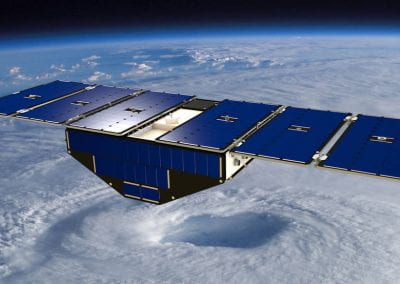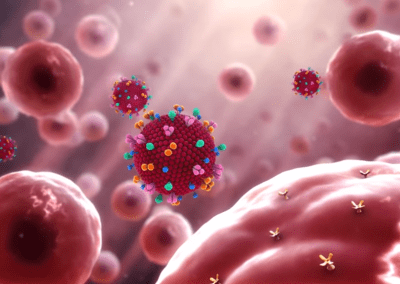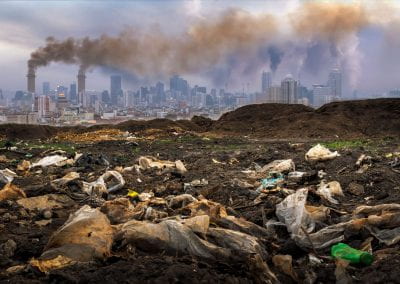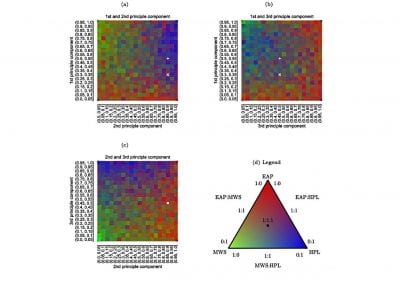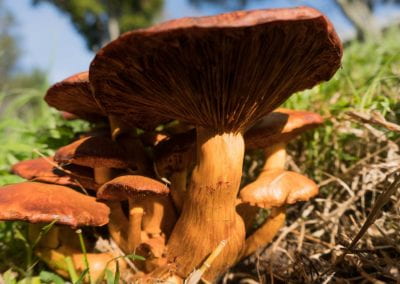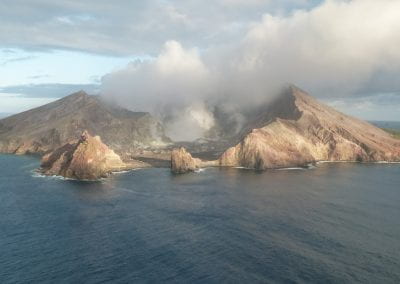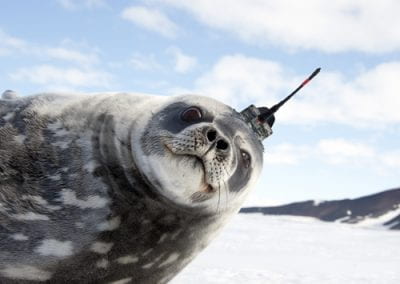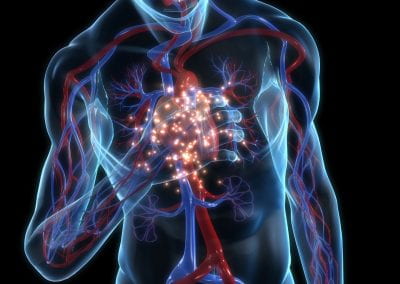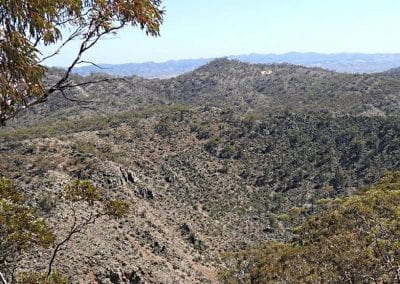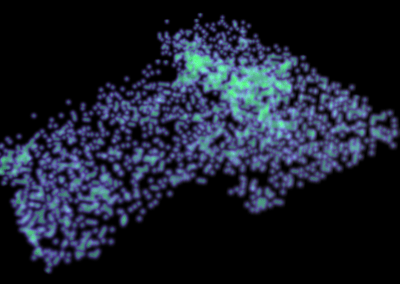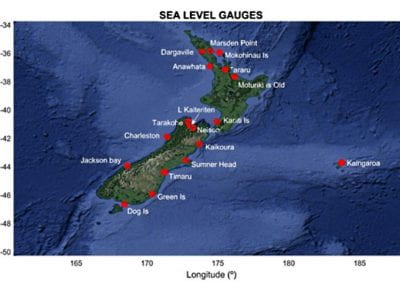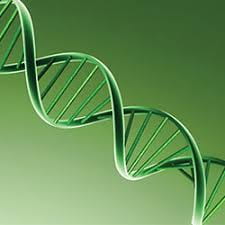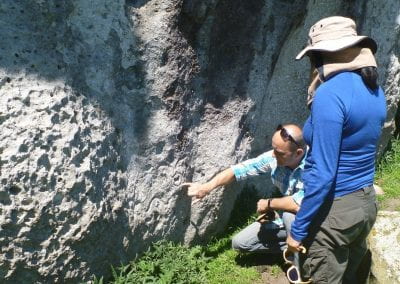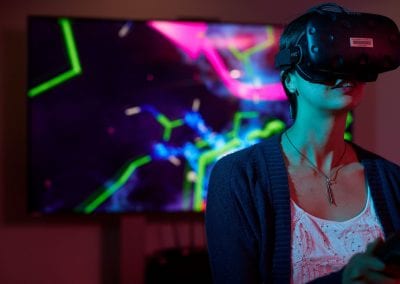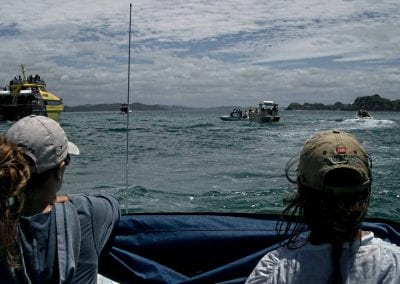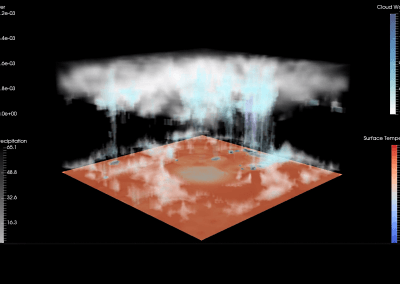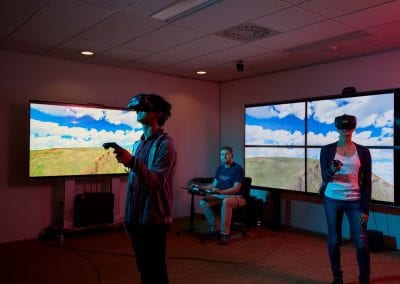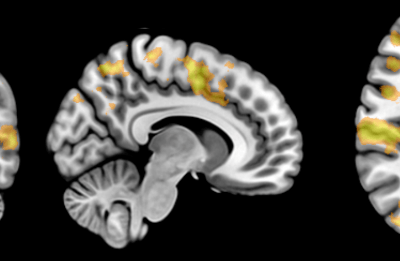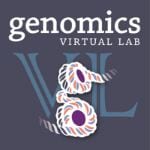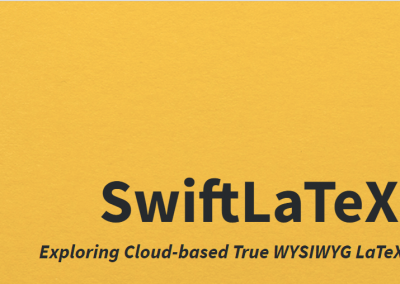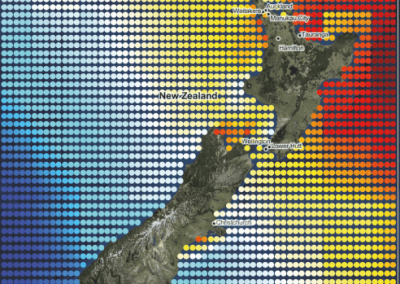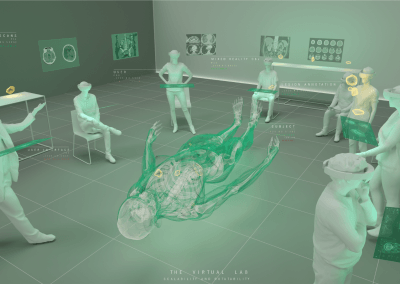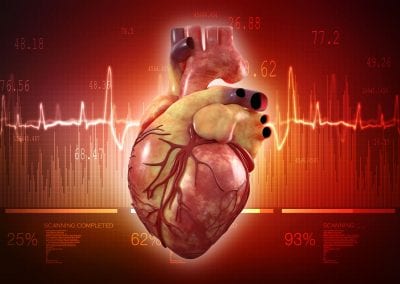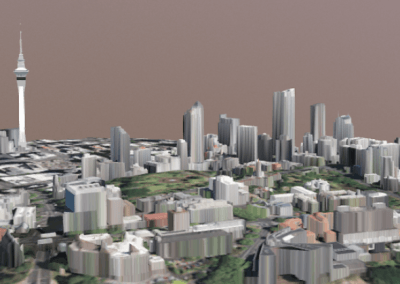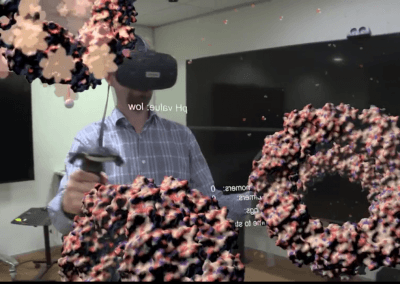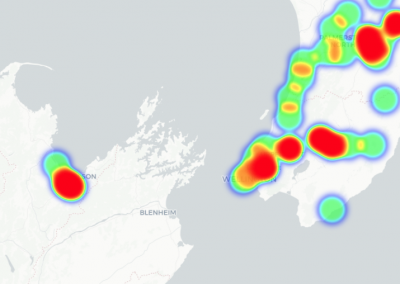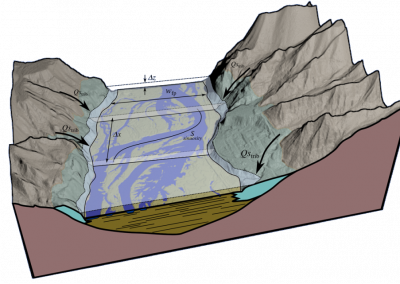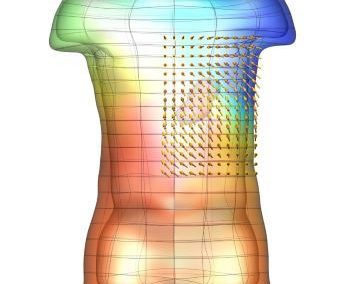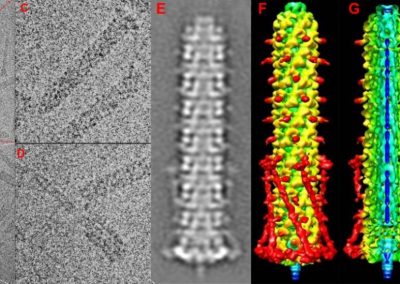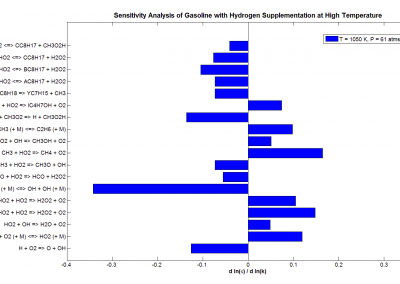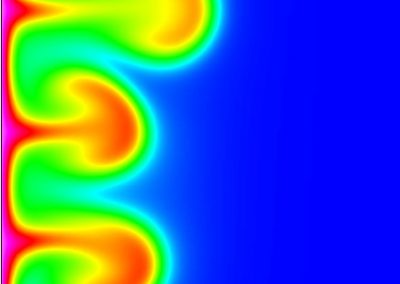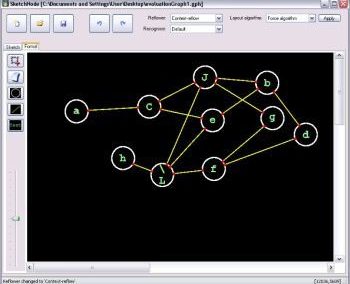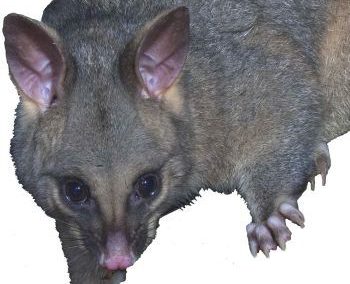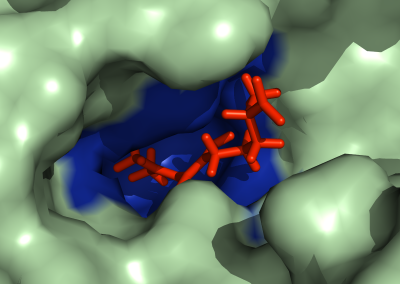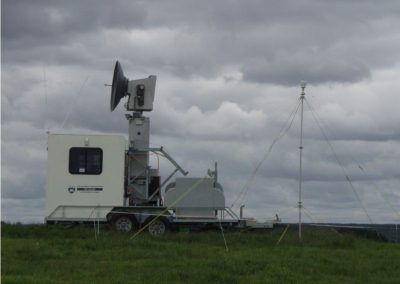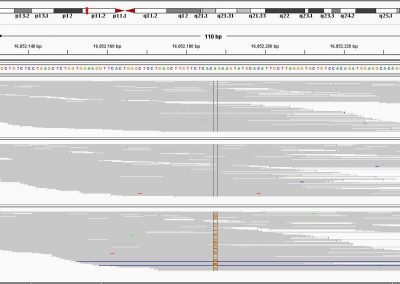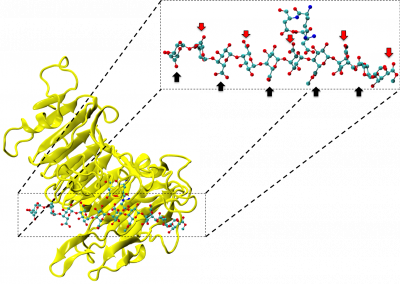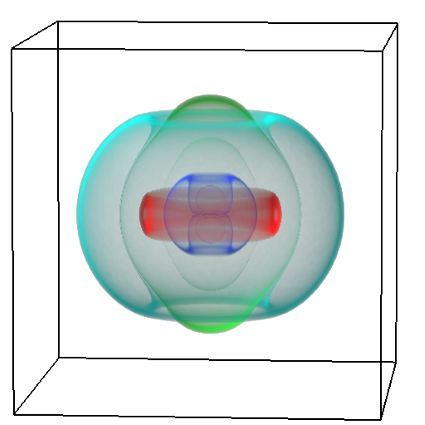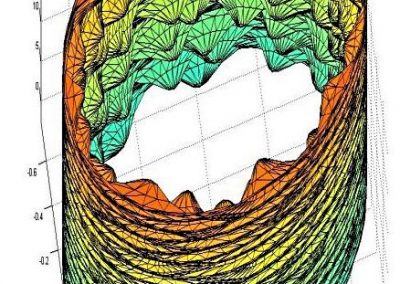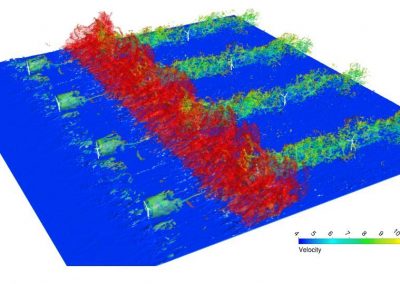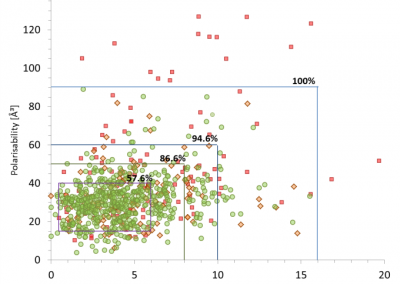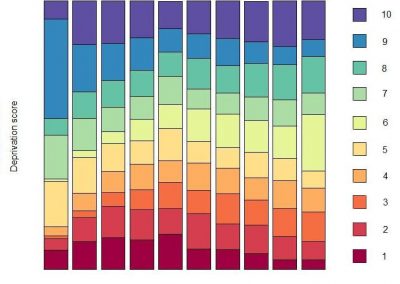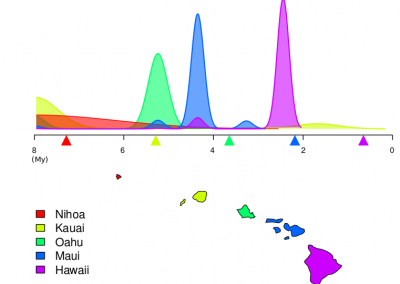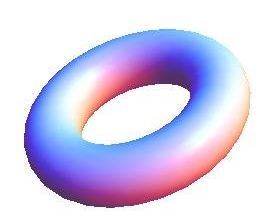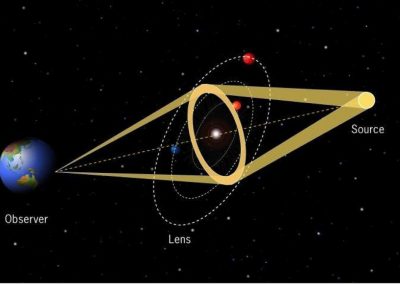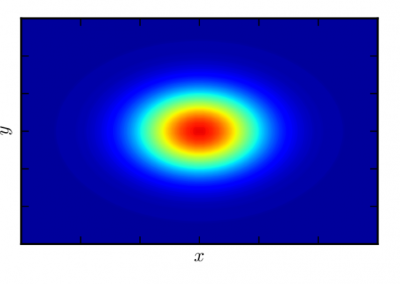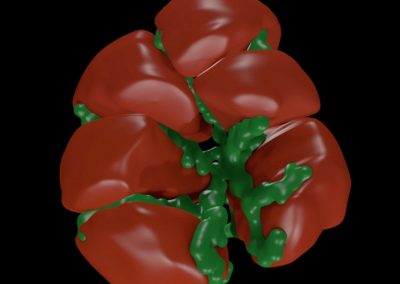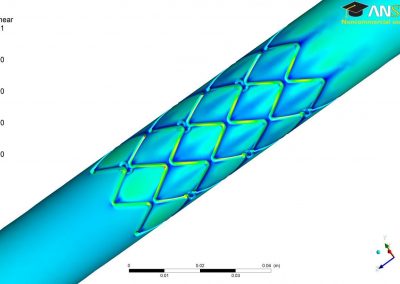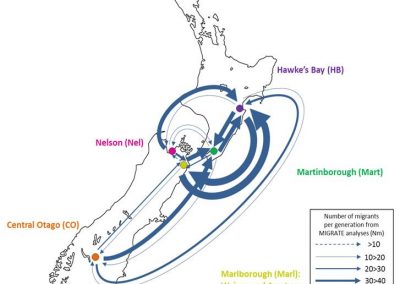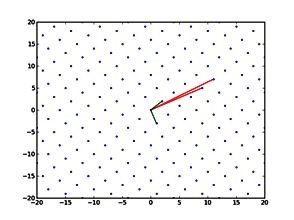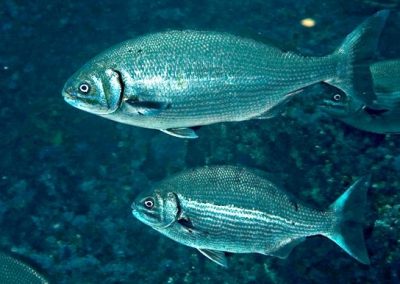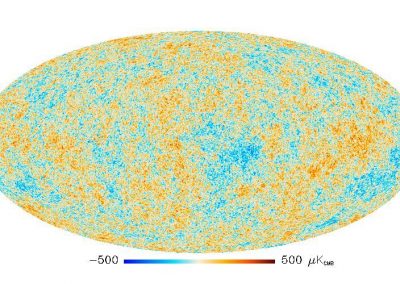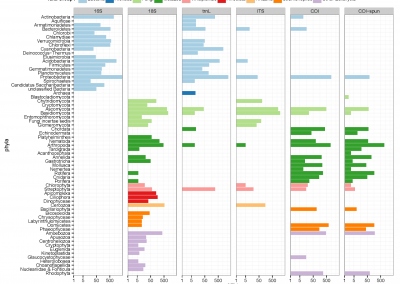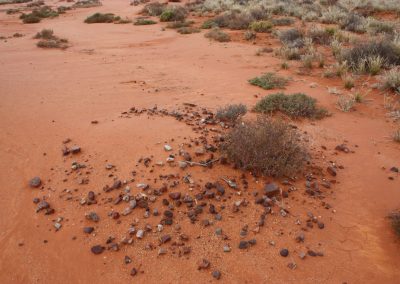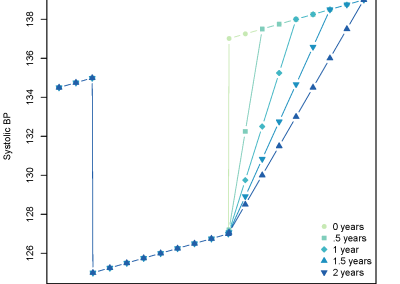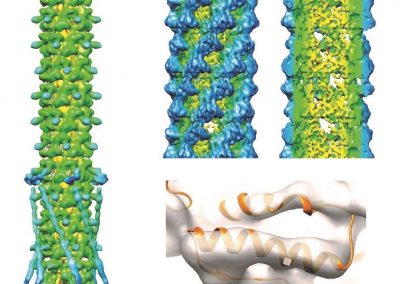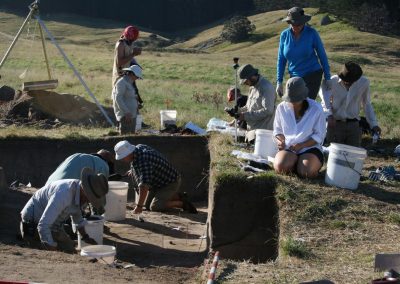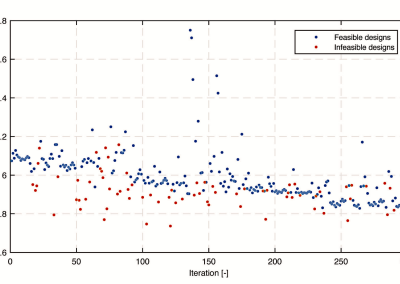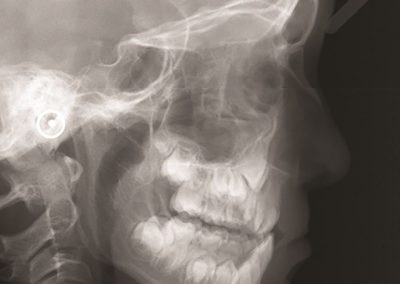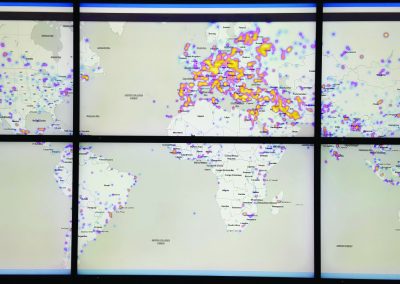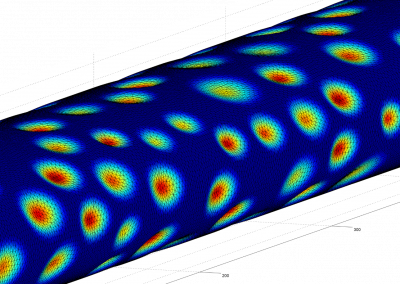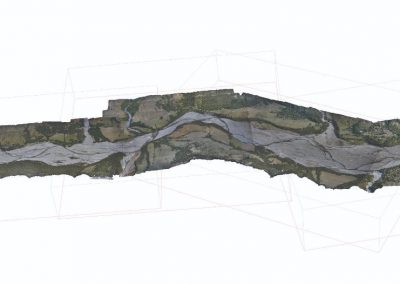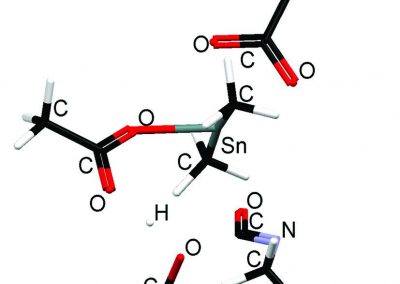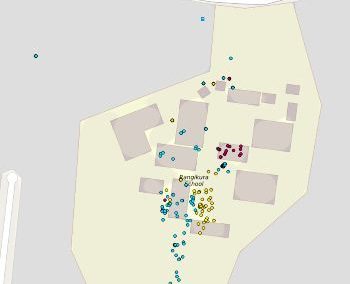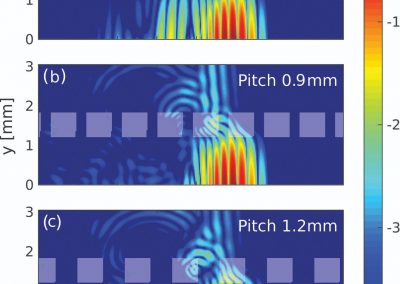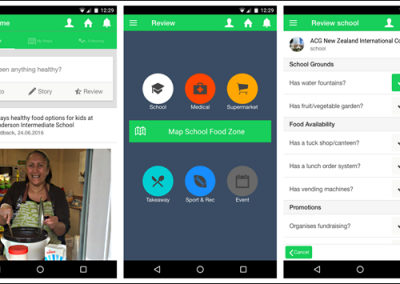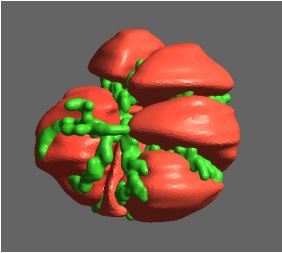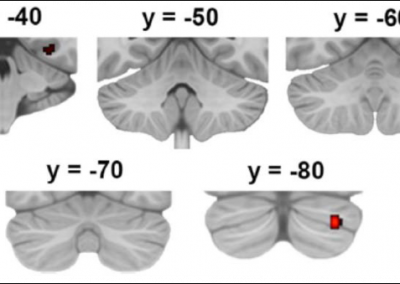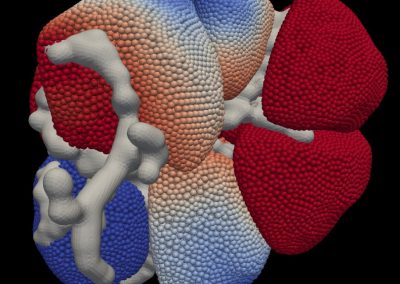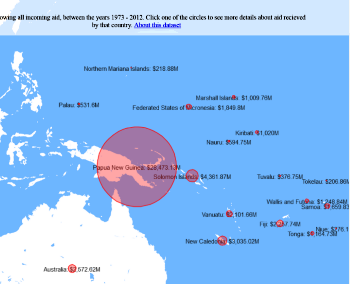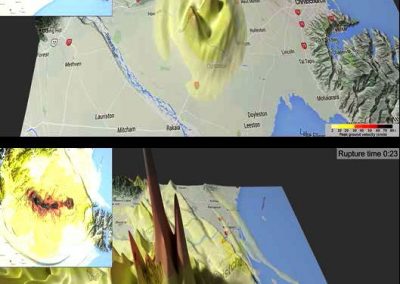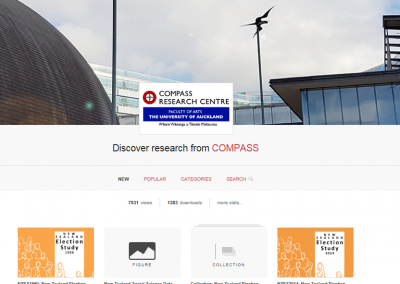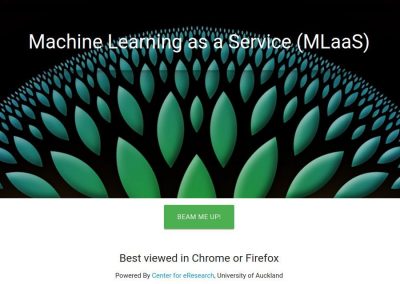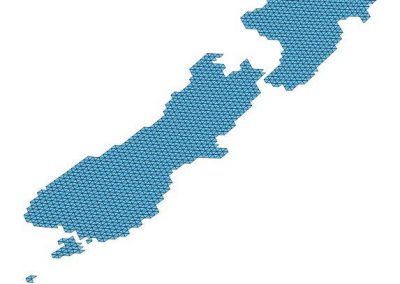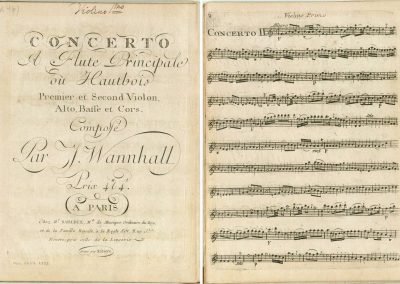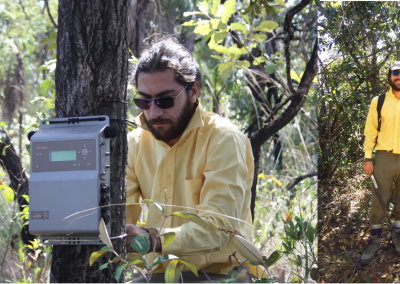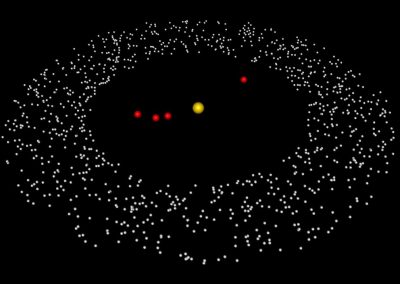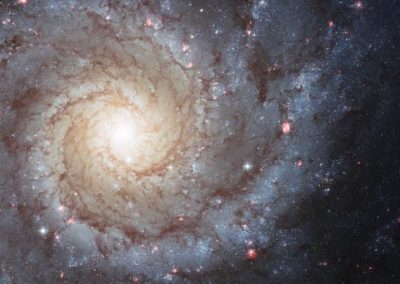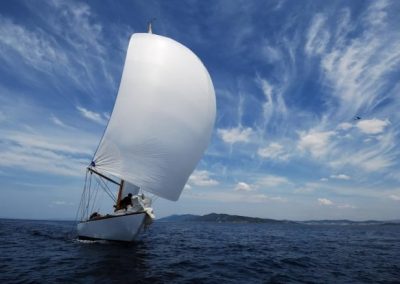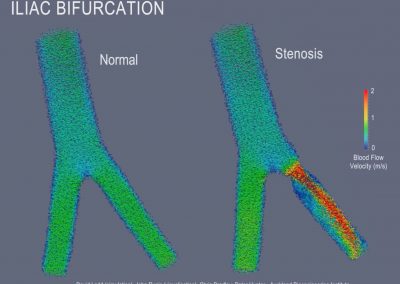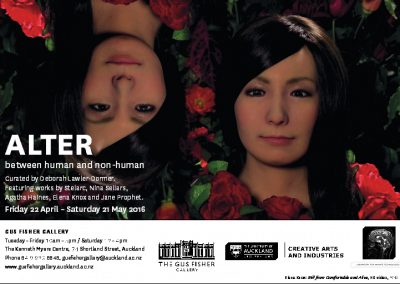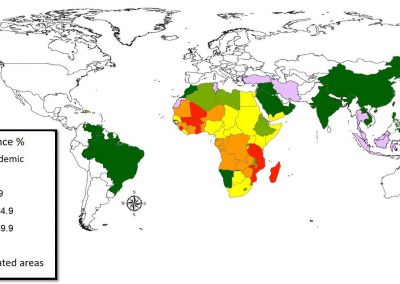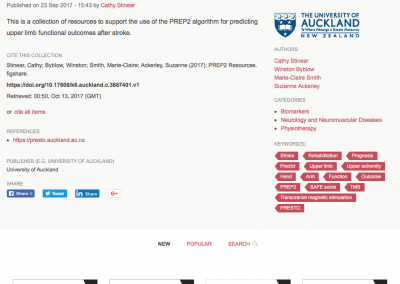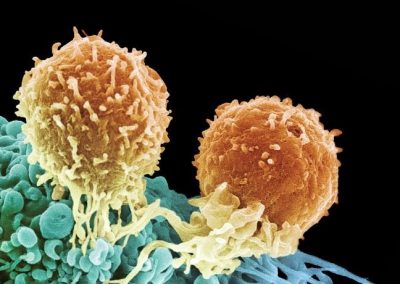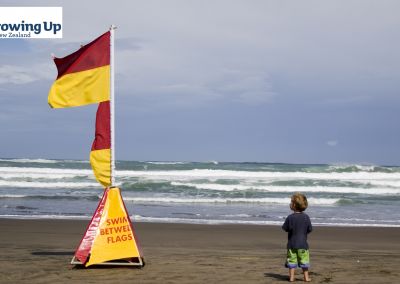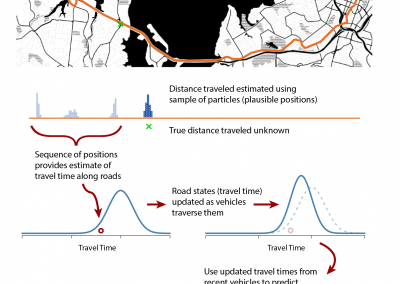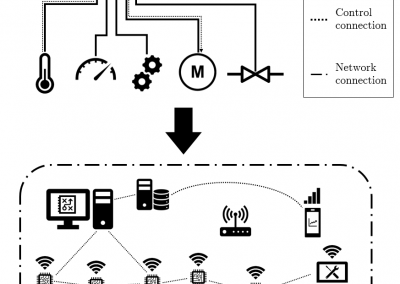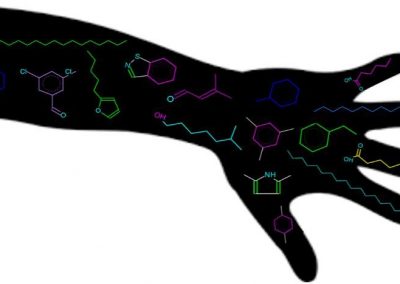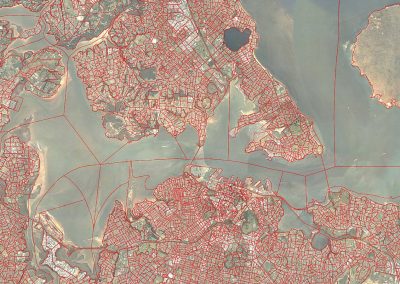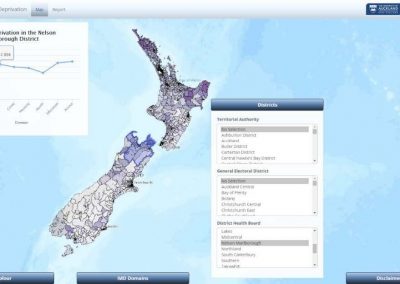
Our changing coast – sea level rise on Aotearoa’s dynamic margin
Professor Giovanni Coco, School of Environment, Nick Young, Centre for eResearch

Background
The Te Ao Hou, Our Changing Coast (OCC) programme provides innovative insights into our evolving coastal systems, equipping planners, decision-makers, and communities to tackle coastal adaptation challenges. OCC supports New Zealand’s Climate Change Amendment Act and the Climate Change Commission’s advice for a just transition to a low-carbon economy by 2050.
Objectives
Our research integrates matauranga-a-Māori, matauranga-a-putaiao, and other scientific knowledge. We leverage historical knowledge, the latest datasets and models to:
1. Develop a new suite of “state of the art” sea-level rise
(SLR) projections.
2. Create tools to identify evolving coastal hazards.
3. Develop decision-making procedures that manage risk,
limit social disruption, and promote equitable,
sustainable, and healthier communities.
Challenges
We aim to ensure New Zealanders use the best scientific knowledge and evidence to anticipate sea-level rise and its impacts, fostering sustainable adaptation and management approaches guided by matauranga Māori. However, critical knowledge gaps remain. Our team focuses on:
- Reducing process uncertainty in models of the polar ice sheet’s contribution to future SLR.
- Enhancing the spatial resolution of vertical land movements (VLM) to manage SLR impacts from individual buildings to entire regions.
Accounting for earthquake-driven VLM. - Identifying and assessing multiple/evolving coastal hazards.
- Facilitating effective communication with coastal communities.
- Establishing a national research platform with accessible, consistent toolkits and advice for coastal zone decision-making and management.
The Centre of eResearch (CeR) involvement
CeR has previously assisted Professor Giovanni Coco’s team in developing visualisation tools for storm surges and sea-level rise. Building on this experience, CeR continues to improve models to understand the effects of sea-level rise and coastal flooding, as well as identify coastal hazards.
CoastSat New Zealand
Senior Solutions Specialist Nick Young from the University’s Center for eResearch and Coco have expanded on work by scientists at the University of New South Wales. They created an open-source software toolkit that extracts beach position data from publicly available satellite imagery. This tool monitors shoreline changes, assesses coastal erosion, and supports conservation efforts.
Project progress
The project is now in its third year. CeR has been critical in the development of CoastSat New Zealand, as Nick Young found and fixed a critical error in the application of the original algorithm to the New Zealand coast. Nck also changed the tidal model necessary to detect the shoreline more accurately and developed the web front-end to display the results. Finally, Nick has also automated the algorithm so that at the end of each month, new satellite images are analysed and new shoreline positions are updated for the whole of NZ. CeR has also provided critical help to transition a numerical code for shoreline predictions into a now freely available package. The version of the code developed by Nick is now being used by a PhD student of OCC.

Detail from CoastSat shows erosion rates at Kawhia Hot Water Beach
Acknowledgement
The Ministry of Business, Innovation and Employment (MBIE) has awarded the OCC project to Victoria University of Wellington. The University of Auckland is also involved, focusing on work packages that examine the impacts of climate change.
See more case study projects

Our Voices: using innovative techniques to collect, analyse and amplify the lived experiences of young people in Aotearoa
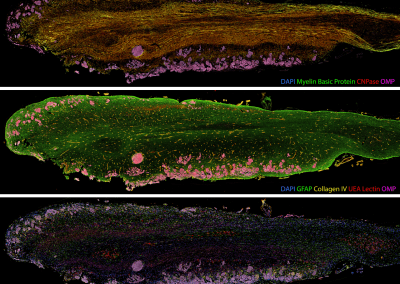
Painting the brain: multiplexed tissue labelling of human brain tissue to facilitate discoveries in neuroanatomy
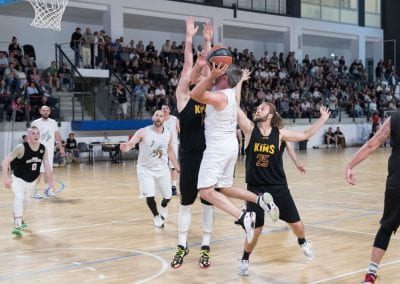
Detecting anomalous matches in professional sports: a novel approach using advanced anomaly detection techniques
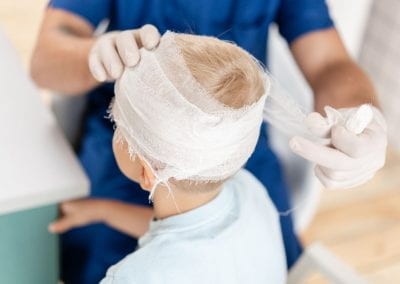
Benefits of linking routine medical records to the GUiNZ longitudinal birth cohort: Childhood injury predictors
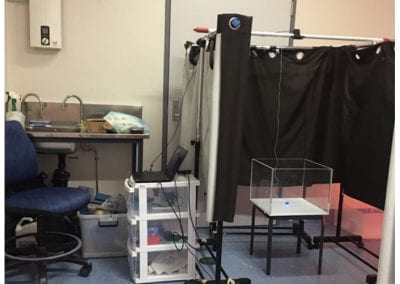
Using a virtual machine-based machine learning algorithm to obtain comprehensive behavioural information in an in vivo Alzheimer’s disease model
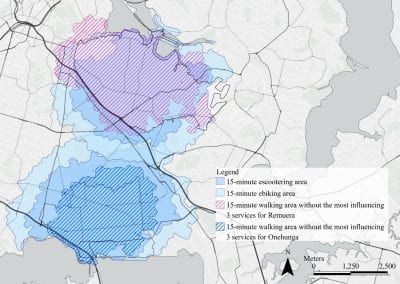
Mapping livability: the “15-minute city” concept for car-dependent districts in Auckland, New Zealand
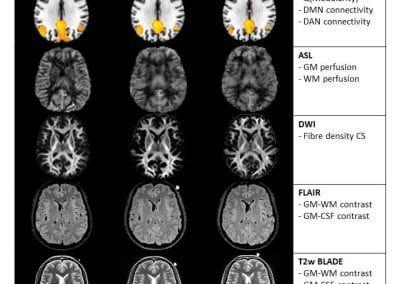
Travelling Heads – Measuring Reproducibility and Repeatability of Magnetic Resonance Imaging in Dementia
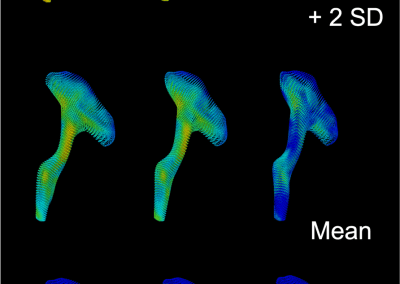
Novel Subject-Specific Method of Visualising Group Differences from Multiple DTI Metrics without Averaging

Re-assess urban spaces under COVID-19 impact: sensing Auckland social ‘hotspots’ with mobile location data
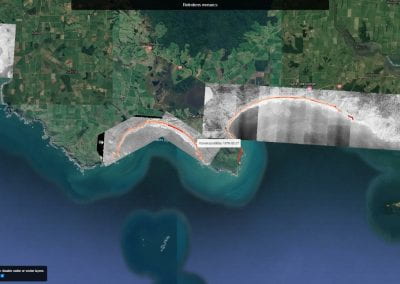
Aotearoa New Zealand’s changing coastline – Resilience to Nature’s Challenges (National Science Challenge)
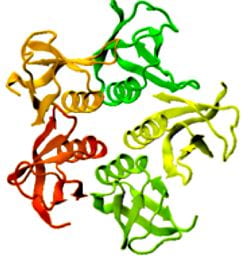
Proteins under a computational microscope: designing in-silico strategies to understand and develop molecular functionalities in Life Sciences and Engineering
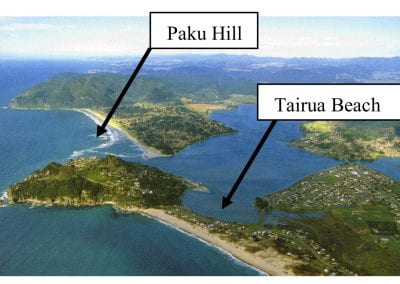
Coastal image classification and nalysis based on convolutional neural betworks and pattern recognition
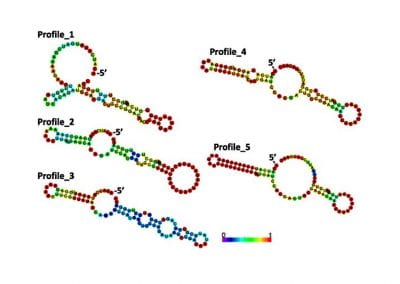
Determinants of translation efficiency in the evolutionarily-divergent protist Trichomonas vaginalis

Development of an online Community Engagement Platform (CEP) to facilitate out-facing collaborative research
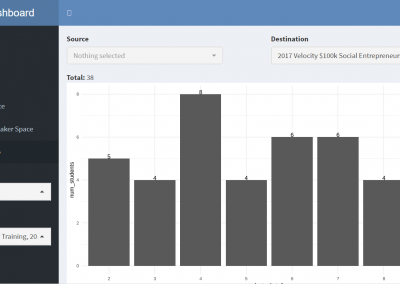
Measuring impact of entrepreneurship activities on students’ mindset, capabilities and entrepreneurial intentions
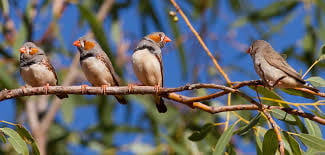
Using Zebra Finch data and deep learning classification to identify individual bird calls from audio recordings
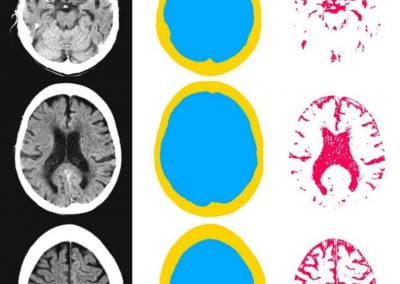
Automated measurement of intracranial cerebrospinal fluid volume and outcome after endovascular thrombectomy for ischemic stroke
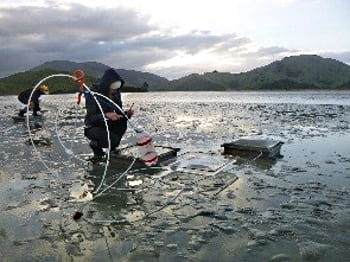
Using simple models to explore complex dynamics: A case study of macomona liliana (wedge-shell) and nutrient variations
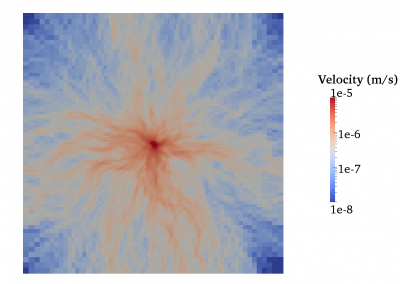
Fully coupled thermo-hydro-mechanical modelling of permeability enhancement by the finite element method
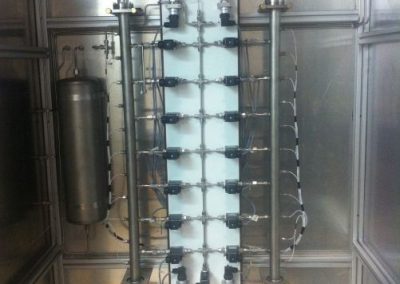
Modelling dual reflux pressure swing adsorption (DR-PSA) units for gas separation in natural gas processing
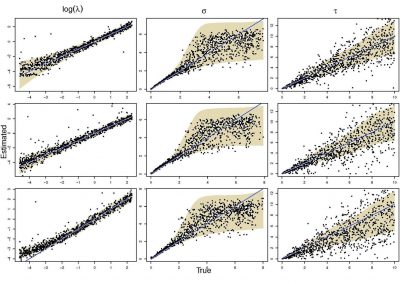
Molecular phylogenetics uses genetic data to reconstruct the evolutionary history of individuals, populations or species
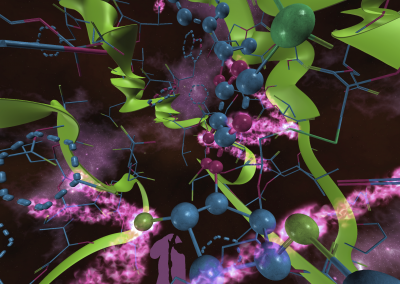
Wandering around the molecular landscape: embracing virtual reality as a research showcasing outreach and teaching tool
